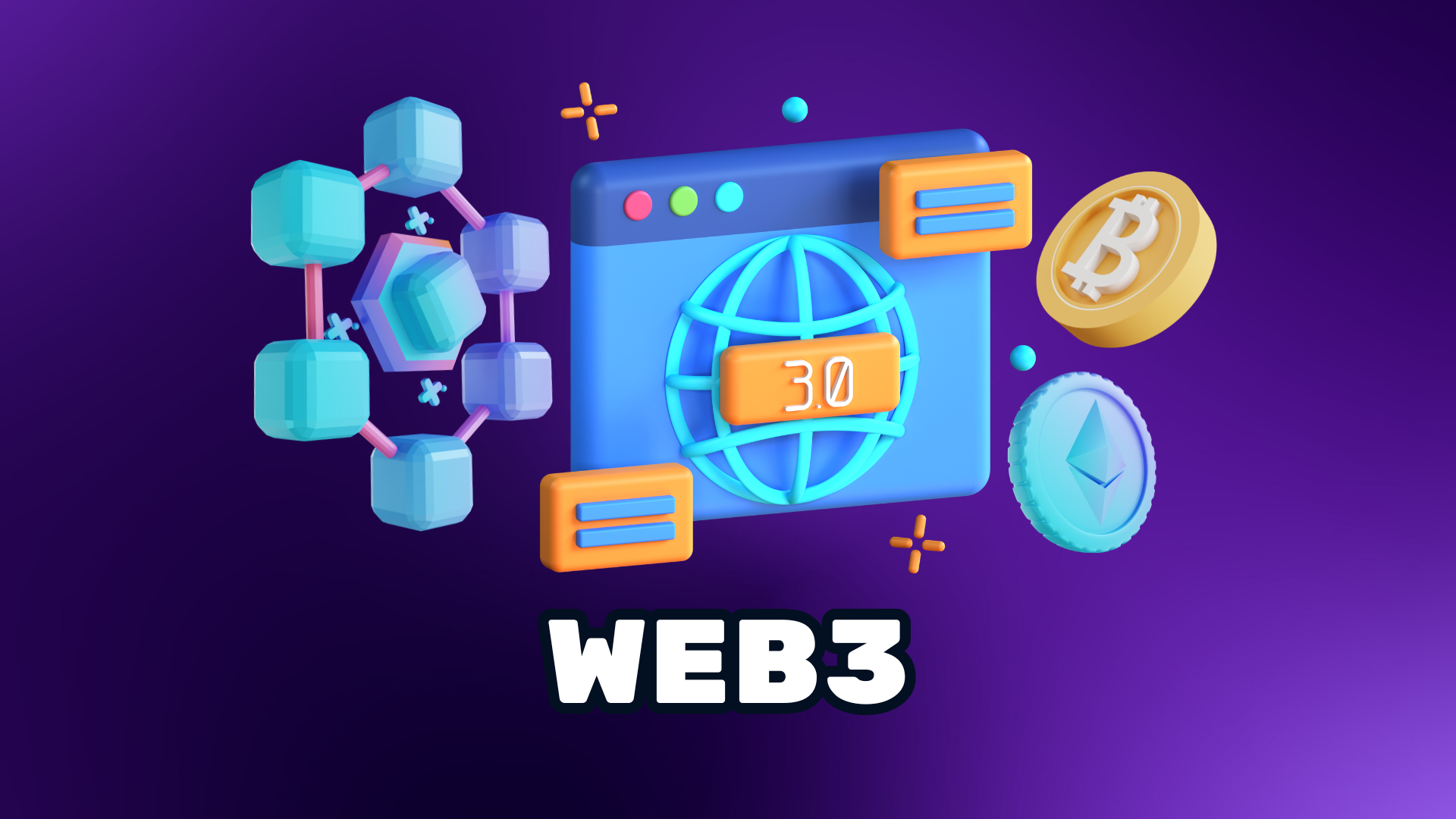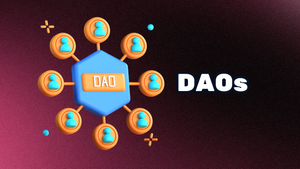Since its inception, the internet has seen remarkable evolution.
It started as Web1, a static, read-only web where users could only consume content. Then came Web2, the era of social media and interactivity, where users could create and share content. However, in Web2, corporations control platforms, data, and the decision-making process.
This led to the emergence of Web3, a decentralized internet model that shifts control away from corporations and intermediaries. It gives users more control over their data, digital assets, and online transactions. Powered by blockchain technology, Web3 introduces a new way of operating online, where transparency, security, and decentralization are prioritized.
READ ALSO: Decentralized Autonomous Organizations (DAOs): Where Decentralization Meets Governance
How Web3 Works
Web3 is fundamentally different from previous versions of the internet because it removes central control. This is made possible through several key components.
Blockchain technology
At the core of Web3 is blockchain technology, a decentralized, tamper-resistant digital ledger that records transactions across multiple computers. Unlike centralized databases managed by corporations, blockchains operate transparently, making manipulation and censorship more difficult.
Cryptocurrency
Cryptocurrency covers various digital assets that power decentralized networks. Bitcoin was the first cryptocurrency and is still the most well-known and influential until now. Since its inception in 2008, other cryptocurrencies like Ethereum (ETH), Solana (SOL), and Binance Coin (BNB) have emerged.
Beyond being digital assets, cryptocurrencies enable peer-to-peer (P2P) transactions, allowing users to send and receive funds directly without relying on banks or financial intermediaries. This eliminates the need for middlemen, reduces transaction fees, and enables global financial inclusion.
Smart Contracts
Smart contracts are self-executing agreements stored on a blockchain that automatically carry out actions when predefined conditions are met. They eliminate the need for intermediaries in various industries.
Web3 examples of smart contracts include facilitating direct lending and payments without banks. In insurance, smart contracts can also automate claims for immediate payouts.
Decentralized Applications (DApps)
Unlike traditional apps controlled by corporations, DApps run on blockchain networks. This ensures they are censorship-resistant and decentralized, giving users greater control over their online interactions. Examples of DApps include Uniswap crypto exchange and OpenSea NFT marketplace.
The Future of Web3
Though Web3 has been gaining traction, its potential remains vast. By enabling greater security, privacy, and financial independence, Web3 is changing the way users engage with the internet. While challenges in scalability and regulation remain, the shift toward decentralization is already transforming industries like finance, gaming, and social media.
As adoption grows, Web3 may either redefine the internet as we know it or challenge existing systems to evolve, but its impact is already impossible to ignore.
Frequently Asked Questions (FAQ)
Is Web3 just crypto?
Though crypto is central to Web3, it is not all there is to Web3. This new iteration of the internet also covers blockchain technology, smart contracts, and decentralized applications. Even emerging technologies like AI and VR/AR are fuelling it.
What is Web3 used for?
A key feature of Web3 is decentralization. This aims to keep and distribute data across different decentralized networks rather than a single entity. This decentralized internet offers consumers greater control over their online activities and data.
Who controls Web3?
Because Web3 is decentralized, it is collectively managed and controlled by users. There is no single authority or entity that manages and oversees Web3.
SUGGESTED ARTICLE: What is the Difference Between Proof of Work (PoW) and Proof of Stake (PoS)?









